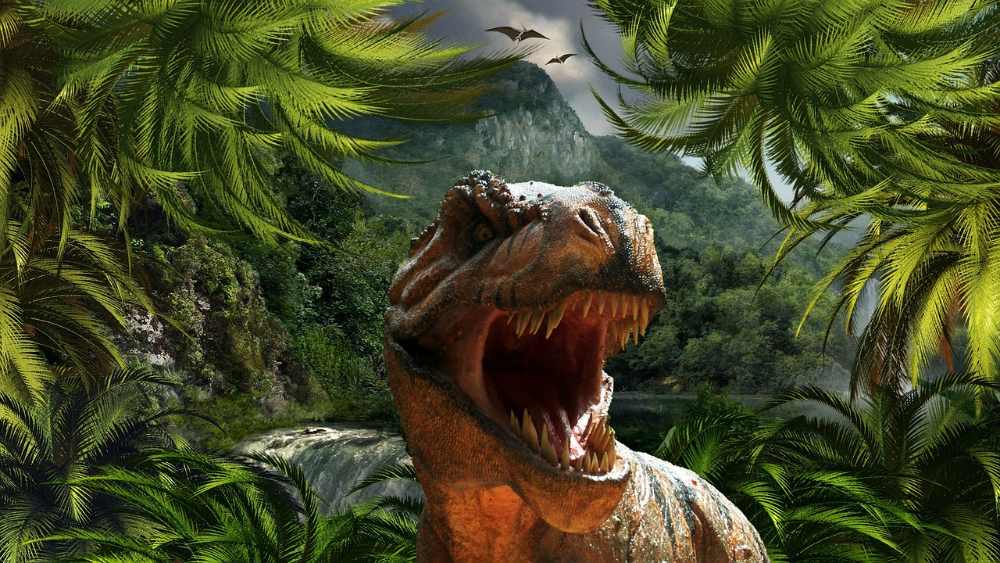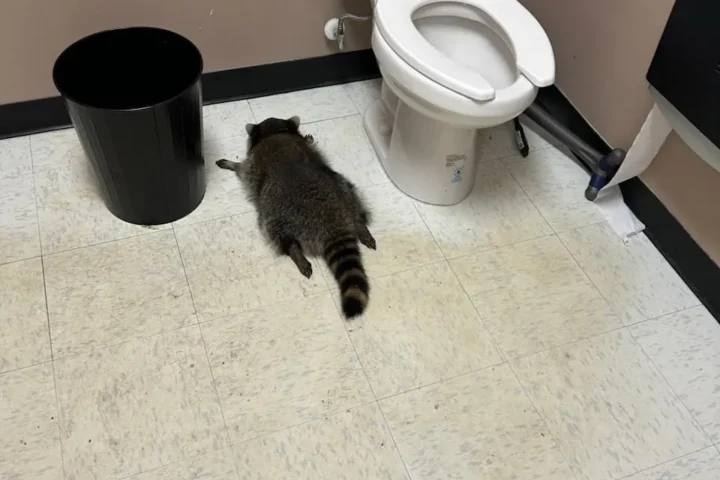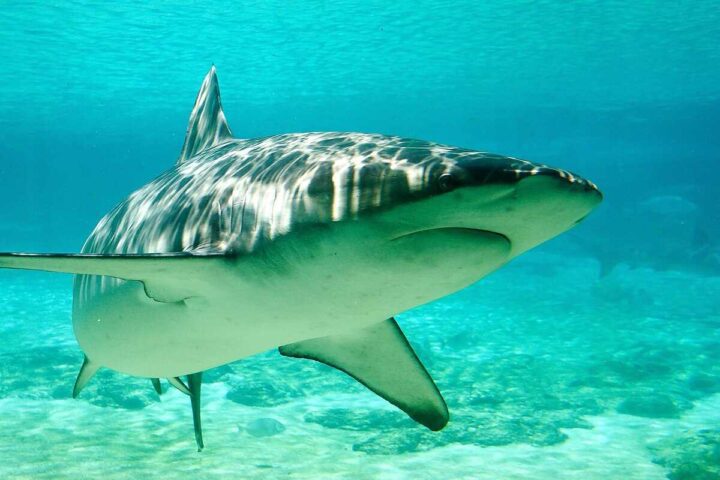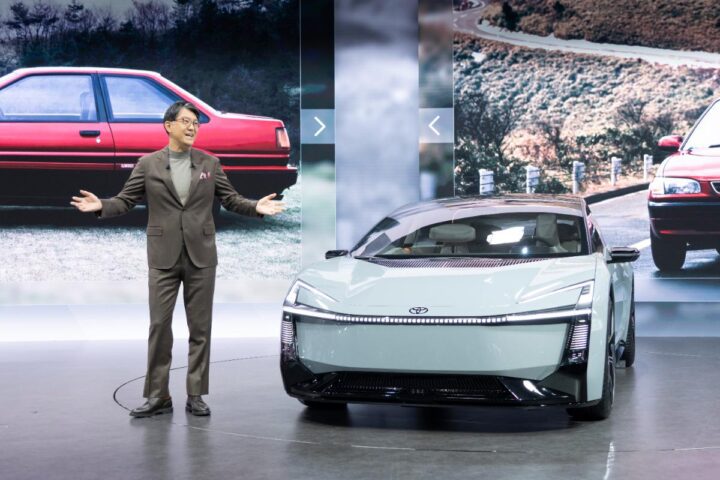Scientists have discovered that Tyrannosaurus rex was truly exceptional among giant meat-eating dinosaurs – not just for its size, but for its bone-crushing bite force. A new study led by Dr. Andre Rowe of the University of Bristol reveals that while T. rex evolved a skull built for raw power, other similar-sized dinosaurs developed completely different feeding strategies.
“There’s no single ‘correct’ way to be a giant meat-eater,” explains Dr. Rowe, whose research was published this month in the journal Current Biology. The study examined 17 species of meat-eating dinosaurs, focusing on how their skulls handled the stresses of biting.
T. rex stands out with its heavily reinforced skull and massive jaw muscles, making it capable of crushing bones with incredible force. Using 3D models and advanced stress testing, researchers found that T. rex had by far the highest bite force among the dinosaurs studied.
This bone-crushing ability wasn’t typical among giant predatory dinosaurs. Giganotosaurus, which rivaled T. rex in size, had a lighter skull that wasn’t built for the same high-force feeding. Instead, it likely specialized in slashing and ripping flesh, similar to how modern Komodo dragons feed.
Spinosaurus, another massive predator, had a long, narrow snout better suited for catching fish, though fossil evidence shows it also ate other animals like pterosaurs – the flying reptiles that lived alongside dinosaurs.
“What we’re seeing is a spectrum of ecological adaptations,” Rowe notes. “These animals weren’t all trying to be T. rex clones. They were solving the same problem in different ways.”
The study traced dinosaur feeding evolution from early theropods like Herrerasaurus, which lived in Argentina about 230 million years ago, to T. rex, which roamed North America until the mass extinction event 66 million years ago. The researchers discovered that bite force and skull strength developed gradually over millions of years.
Similar Posts
Early meat-eating dinosaurs had much lower stress resistance than their later counterparts. They were lightly built and not well adapted to high bite forces. The increase in bite force reached its peak with Tyrannosaurus and its close relatives in the late Cretaceous Period.
“In tyrannosaurs, there’s a big jump in skull strength and bite mechanics, coinciding with deeper skulls, more robust bone architecture and changes in jaw muscle attachment,” Rowe explains. “The ramp-up wasn’t immediate. It evolved over time and in certain lineages more than others.”
To conduct the study, scientists used three-dimensional models of dinosaur skulls and applied methods for simulating physical stress. They estimated muscle forces using digital reconstructions based on living relatives of dinosaurs – birds and crocodiles – then applied those forces to skull models to simulate bites.
Perhaps the largest known Tyrannosaurus is a specimen named Sue at the Field Museum in Chicago, measuring 40-1/2 feet (12.3 meters) long. Giganotosaurus and Spinosaurus rivaled T. rex in size but lived in different regions and earlier time periods.
This research helps explain how different types of giant predators could coexist in ancient ecosystems without direct competition. By evolving different feeding strategies – from bone-crushing power to slicing precision – these dinosaurs found various ways to be successful predators.
“That kind of evolutionary flexibility,” Rowe added, “probably helped them dominate ecosystems for so long.”



















